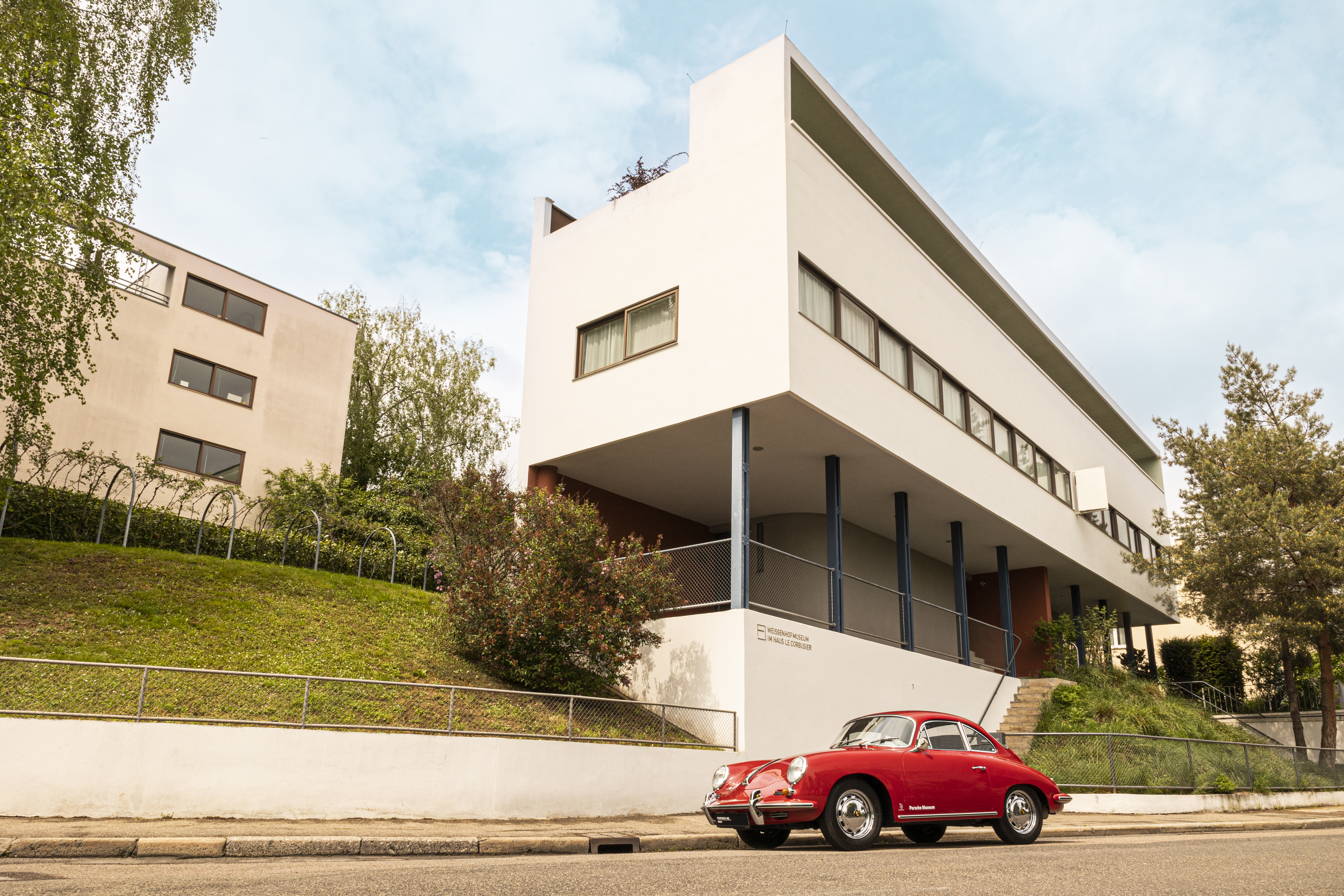UNESCO World Heritage Site in Stuttgart
The Weissenhof Estate was created under the artistic direction of Ludwig Mies van der Rohe as an exemplary housing programme for city dwellers. The two houses designed by Le Corbusier are a UNESCO World Heritage Site – the first in Stuttgart.
The housing estate was designed for the 1927 Werkbund exhibition “Die Wohnung” by 17 architects from five European countries, including Walter Gropius, Mies van der Rohe, Le Corbusier and Hans Scharoun. The object of the exhibition was to present concepts for “Neues Wohnen” (New Living) from the point of view of economy, functionality, construction, technical fittings and furnishings. The houses created by these architects are all in close proximity to each other – this is what makes the estate so unique worldwide. Of the original 33 homes, 23 are still in existence and occupied. The Weissenhof Estate was shunned during the Third Reich and partly destroyed during World War II. In later years it met with a lack of understanding for its ideals. Since 1958 the entire Weissenhof Estate has been classified as a protected monument and is one of the world's most important examples of Classic Modernist architecture.
One of the estate’s most prominent designers, and one of the most influential architects of the 20th century, was Le Corbusier. His semi-detached house, built in 1927, is typical of the architectural style of the Weissenhof Estate: uniquely aesthetic, with modern ground plans and minimalistic interiors. It is described by architecture historians as an icon of modern architecture. Following extensive renovation work, the Le Corbusier House has been open to the public since 2006, giving architecture enthusiasts insights into the history of the Weissenhof Estate and Le Corbusier’s (1887-1965) architecture. The circular tour of the museum takes visitors through both halves of the house, which fulfil different functions in the museum concept. The left half, Rathenaustrasse 1, houses an exhibition documenting the origins, aims and development of the Weissenhof Estate and information on the famous architects of the “Neues Bauen” movement. Two of the most interesting original documents in this exhibition are the catalogue of the Werkbund Exhibition and the stamp advertising it, which was designed by the Stuttgart artist Willi Baumeister. The right half of the house, No. 3, focuses on 1927, the year that the Werkbund Exhibition opened at the Weissenhof. It has been reconstructed as an authentic replica in accordance with Le Corbusier’s original plans and colour scheme. Visitors can even admire some of the furniture of the day in the tradition of the Bauhaus (International) style. Particularly impressive is the panoramic view of Stuttgart from the building’s roof terrace, an integral part of Le Corbusier’s original architectural concept.
UNESCO World Heritage: Since 17th July 2016 the two Le Corbusier houses at the Weissenhof Estate – the duplex structure containing the Weissenhof Museum and the detached house behind it – are proud to bear the title "UNESCO World Heritage Site". Stuttgart was part of a transnational joint application to pay tribute to Le Corbusier's architectural work as an outstanding contribution to Modernism. 17 of the architect's buildings in seven different countries are now classed as World Cultural Heritage.
To mark the 100th anniversary of the Weissenhof Estate, the Visitor and Information Centre (Besucher- und Informationszentrum, BIZ) is being built as part of IBA'27 as a future reception building and starting point for exploring the estate.
Additional information under: www.weissenhofmuseum.de/en
